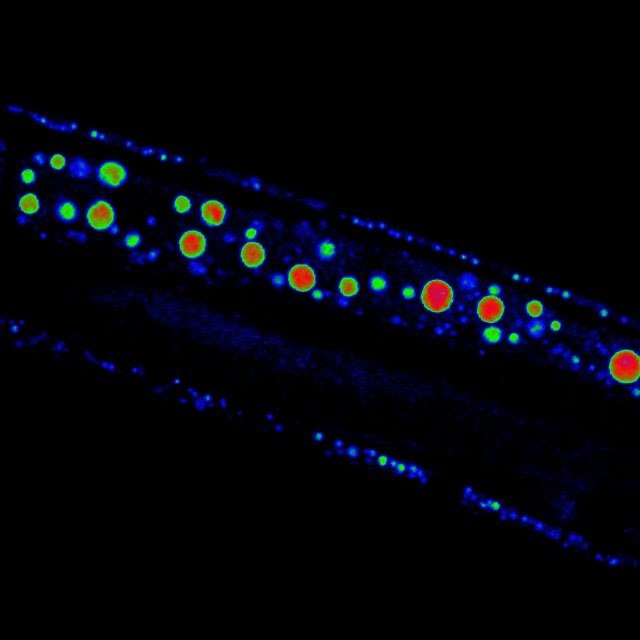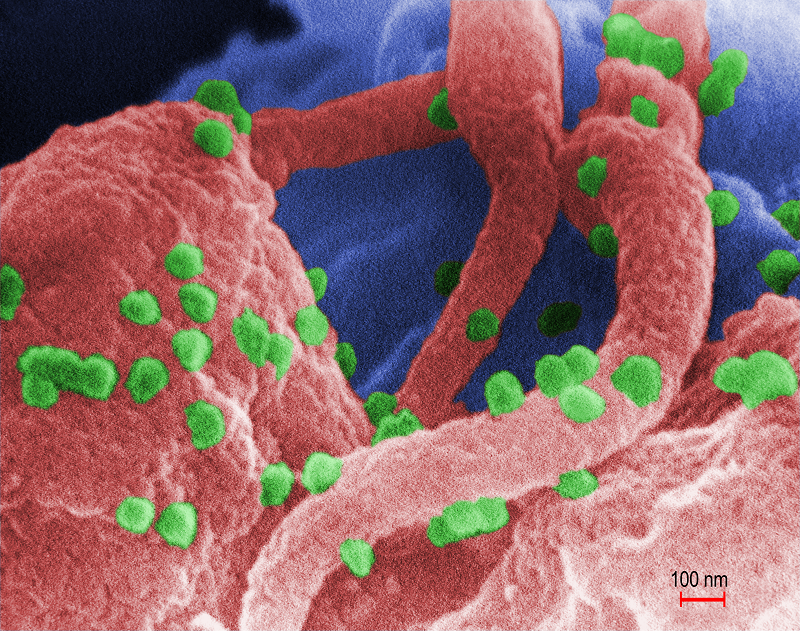Fusion gene provides a biological marker and clue for ovarian cancer

By Ruth SoRelle, M.P.H.
When two separate parental genes fuse through abnormal chromosomal rearrangement to make a particular fusion gene, it may provide a marker for identifying a sub-group of the most common form of ovarian cancer, said researchers from Baylor College of Medicine in a report that appears in the Proceedings of the National Academy of Sciences.
“We identified a cancer-specific fusion gene between BCAM, a membrane adhesion molecule, and AKT2, a key kinase of a signaling pathway known to involve in tumor progression in high-grade serous ovarian cancer (the most common subtype of the disease), said Dr. Laising Yen, assistant professor of pathology & immunology at Baylor and corresponding author of the report.
Chimeric
The fusion gene produces a ‘chimeric’ fusion protein that is constantly activated, acting as a special kind of enzyme called a kinase, said Yen. When the fusion of the two genes is achieved by engineered chromosomal rearrangement using cultured cells, the cells become cancerous.
“While other fusion genes are present in high-grade serous ovarian carcinoma, the BCAM-AKT2 fusion gene is the most clinically relevant and functionally significant,” said Yen.
“This fusion gene could represent a marker for developing a better screening tool to identify a clinically relevant subtype among patients with this kind of cancer,” said Yen. “Furthermore, the aberrant fusion protein derived from the fusion gene could provide insight into the underlying mechanism of this deadly disease and serve as a drug target for future therapies.
Drug Target
Dr. Kalpana Kannan, a postdoctoral fellow in Yen laboratory, is the lead author of this study. Other who took part in this work include Cristian Coarfa, Pei-Wen Chao, Liming Luo, Yan Wang, Amy E. Brinegar, Shannon M. Hawkins, Aleksandar Milosavljevic and Martin M. Matzuk, all of Baylor. This work came out of the Dan L. Duncan Cancer Center and the Center for Drug Discovery at Baylor.
Funding for this work came from OCRF PPD/BCM/01.12, the U.S. Department of Defense (Grant W81XWH-10-10327) and National Institutes of Health Grant (R01EB013584), the Prostate Cancer Foundation, the Weathervane Foundation, the Genomic and RNA Profiling Core at Baylor College of Medicine (National Cancer Institute Grant P30CA125123).



